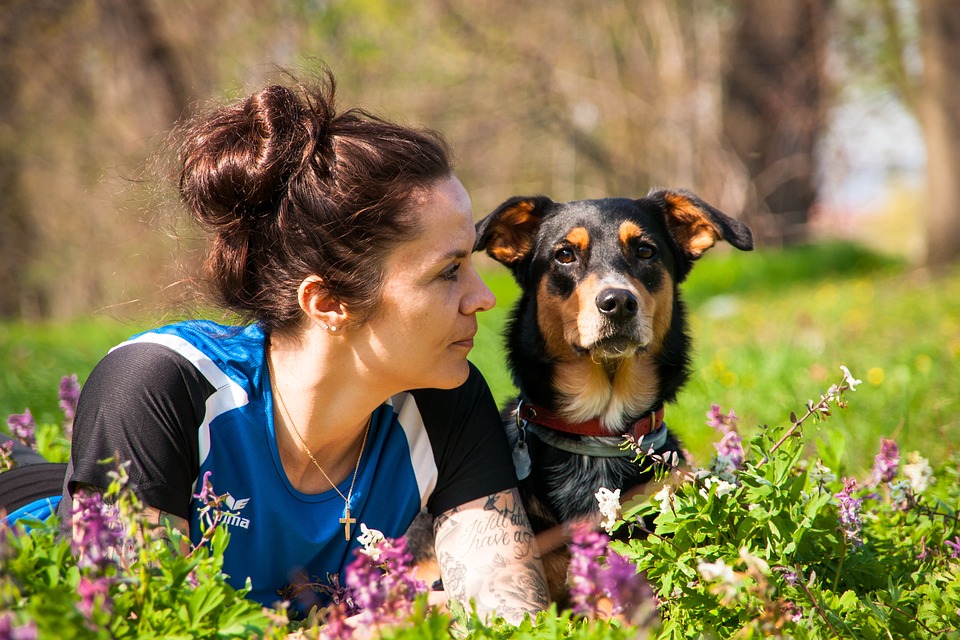Say What?
Why You Should Talk To Your Dog – And How
Dogs play an essential role in most of our lives. So much so, we often consider them trusted and much-loved members of the family – even our best friends. Throughout everything, they always seem willing to listen. Which begs the question, do you talk to your dog? If not, it’s time to start.
 Dogs and humans may speak different languages, but that doesn’t mean dogs can’t learn words. In fact, they have the same receptive language skills as a toddler. More simply put, the average dog can consistently respond to 89 specific words or phrases. However, many dogs with some training can respond to more than 200, and there was a Border Collie who once acquired a toy vocabulary that exceeded 1,000 words!
Dogs and humans may speak different languages, but that doesn’t mean dogs can’t learn words. In fact, they have the same receptive language skills as a toddler. More simply put, the average dog can consistently respond to 89 specific words or phrases. However, many dogs with some training can respond to more than 200, and there was a Border Collie who once acquired a toy vocabulary that exceeded 1,000 words!
But why is it important to talk to dogs? First, it can aid the training process, especially when used in combination with hand signals. But talking to your dog purposefully can also help keep them calm, relaxed, and confident in their surroundings.
Believe it or not, consistently explaining things to your dog can help release stress and anxiety. Why? Because it clears up confusion in a world they may not understand. And all it takes is purposefully narrating situations or adding a reassuring commentary. Think of Mister Rogers as he guided children through each episode of Mister Rogers’ Neighborhood. His soothing voice and demeanor kept viewers calm every step of the way as he fed the fish, answered the door, and even took them to the Neighborhood of Make-Believe.
The same approach can do wonders for dogs. So much so, Kim Brophey, CDBC, CPDT-KA, of The Dog Door Behavior Center in Asheville, North Carolina, calls it the “Mr. Rogers Hack.” And you can keep it simple by using the same word for numerous things, like a “Neighbor” is anyone you see on the street, or a “Friend” is someone you stop to greet.
Similarly, you can help your dog gain more confidence by naming loud sounds (“Planes”), fast objects (“Bikes”), and anyone coming to your house to work or making noise (“Helpers”).
Curious to learn more words to use in purposeful narration? Read this article from Whole Dog Journal or learn more about Kim Brophey and her book Meet Your Dog.

